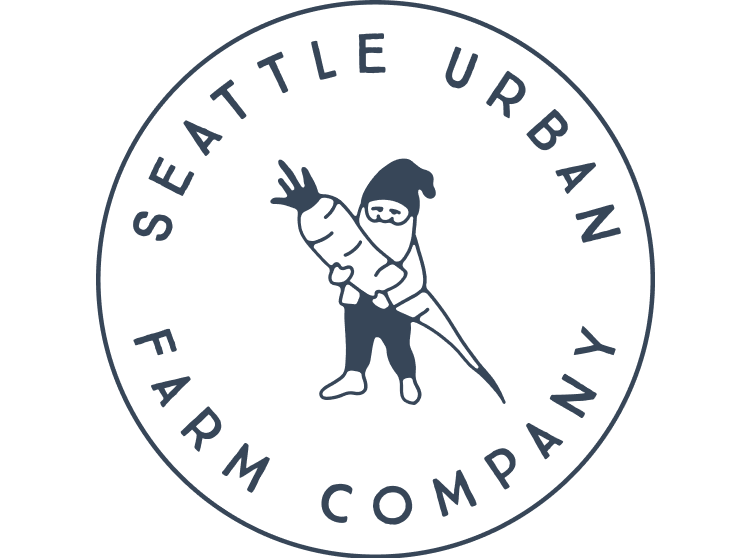As you have probably noticed, early-mid September marks the epicenter of the northwest harvest season. In addition to the bounty emanating from the vegetable garden, fruit trees are going off like time bombs everywhere you look.
Some fruit trees (like cherries) ripen earlier in the summer, and some are yet to come, but right now Asian pears, some apples and many types of plums are in season. Many of these trees have a relatively short window for picking (before they fall to the ground or are scavenged by birds and raccoons), so vigilance is essential. Today we will focus on plums because these fruits are ripening as we speak and their harvest window is short.
What to do: harvest plums, eat plums, preserve plums, talk about plums and write blogs about plums
How to do it: Like any tree fruit, plum accessibility depends on the size and location of the tree. Ideal trees are dwarfs or semi-dwarfs and much of the fruit can be reached from ground level. Taller trees or those in precarious locations may require a ladder or tree-climbing accomplice.
If you have your own plum trees or if you know a friend or neighbor with a tree, simply go to town picking fruit. If you don’t have/don’t know of an available tree, take an evening stroll around your neighborhood. Plums (especially Italian prune plums) are very common parking strip and front yard trees all over the city. Once you have developed a finely tuned search image for the plum tree, you will start to notice them everywhere you go. Once a well-endowed tree has been located, ask permission to harvest from the tree (if applicable), and go to town. I have found it possible to pick about 30 lbs of plums from a typical sized plum tree in about 20 minutes, so this is no major investment in time. The time investment comes in preparing and preserving your bounty…
Real Good Recipes:
